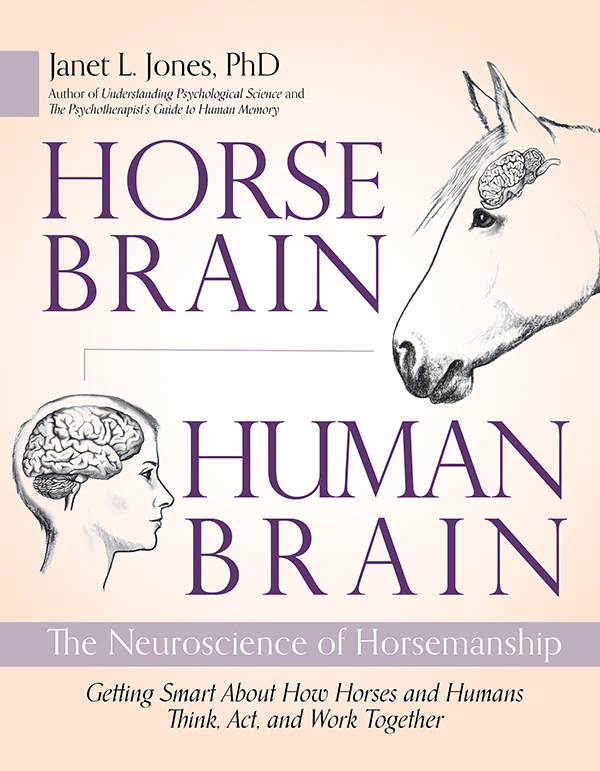TRUE TRAINING 103 - A Plea to the Halter-Optional Crowd
True and I had a close call last night, which drove me to write about barn safety in my Psychology Today column this morning. Turns out the topic has a lot to do with human psychology. It’s high-risk but low-control, yet easy to ignore because we tend to assume that horses are a lot like us. Please read that brief article for some startling statistics about the injuries and fatalities that occur around horses. Here’s the link: https://www.psychologytoday.com/us/blog/horse-brain-human-brain/202411/horse-sports-high-risk-low-control.
In many barns nowadays, there seems to be someone who thinks halters are optional. Thirty years ago, such behavior was unheard of—and would have gotten its followers thrown off the property instantly. This typical individual, usually inexperienced with horses, opens the stall door and shoos their hotblooded mount out into the barn aisle with no tack. Big fun. Soon the horse learns to gallop down the barn aisle on his way to the haystack or the mares in pasture. Having opened the stall door and turned the horse loose, the horse’s owner walks away, while the loose galloper narrowly misses people working in the aisle with their own horses… who are now thoroughly spooked.
Last night, I was leading True from the arena after our ride and began to enter the barn. Out of nowhere, a turned-loose horse—a tall hot mount who has been on stall rest for months, building energy—came galloping up and bulldozed True. Plowed right into him, very aggressive. I was caught between the two of them, enormous hooves dancing everywhere.
I shouted and snapped the end of the lead rope at the loose horse to back him away from us. He spun and kicked with both back feet. Missed my face by two inches. Missed True by less. True leaped forward and came around in front of me. He turned his butt to the loose horse, blocking him from me, and faced my face. Say what you will about anthropomorphism, but this was clearly a protective stance.
Once in position, True became a granite statue, immovable. The other horse kept biting at True‘s butt, trying to get him to move. He refused. After a bit, he got tired of being nipped and shoved, so he swooped one hind leg out slowly to push the loose horse backward at the chest.
Meanwhile, we were still basically under attack and in a kind of bottleneck location that was hard to get out of. Wherever you live, you probably heard me call the name of the loose horse’s owner. Naturally, she wasn’t there, but two other people were. Both came to my aid immediately.
Working around horses is dangerous enough—20 times more injuries and deaths occur in horse sports than in motorcycling. We don’t need to add stupidity to that level of daily risk. I do not want my horse to be hurt. I’ve already had enough injuries and hospitalizations thanks to my profession and do not want to have any more. I’ve seen enough people killed while working with horses and don’t need to see that again.
Halters are not optional. If a trainer is working a horse at liberty—in other words she is right there with the horse and has him under complete verbal control—AND if she is working the horse inside an otherwise empty enclosure, AND if no other horses or humans are nearby or endangered… then, OK. But don’t try to tell others that turning your horse loose in their midst and walking away is your special form of “liberty” training.
If we are going to ride horses, can we all at least agree to follow a small number of basic safety rules? Not only for our own sakes, but for others too? It’s not that hard. Don’t walk up behind a horse. Keep small children and loose dogs away from horses. It’s pretty simple, folks, and it can save a lot of equine and human injury. Or death.
The most important rule: Keep your animal under your control. Sometimes a horse breaks away—I’m not talking about that here. I’m talking about individuals who intentionally release their horses into public locations where other people and animals can be hurt. Please, stop it. Accept your responsibility to improve safety for everyone.

